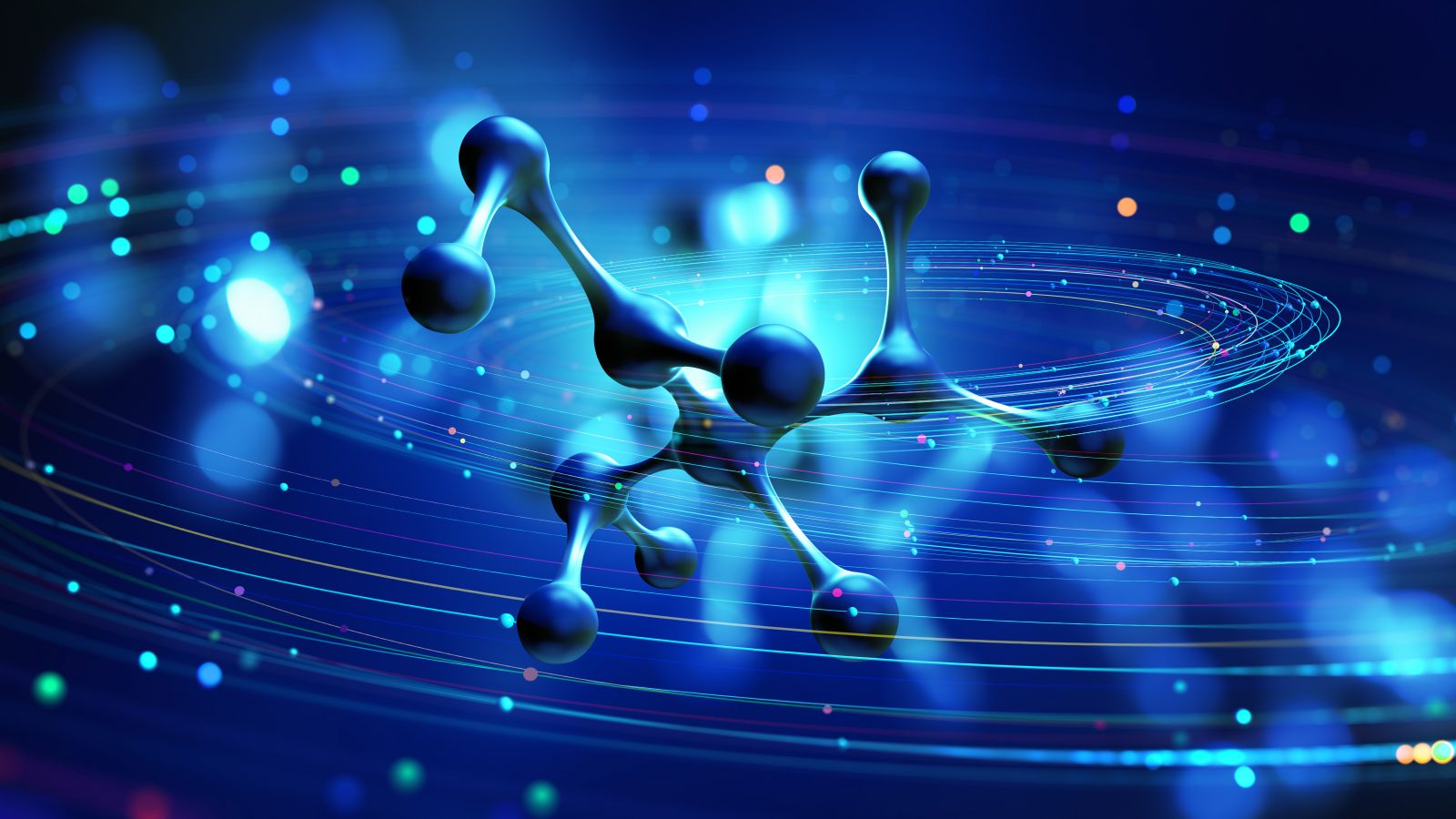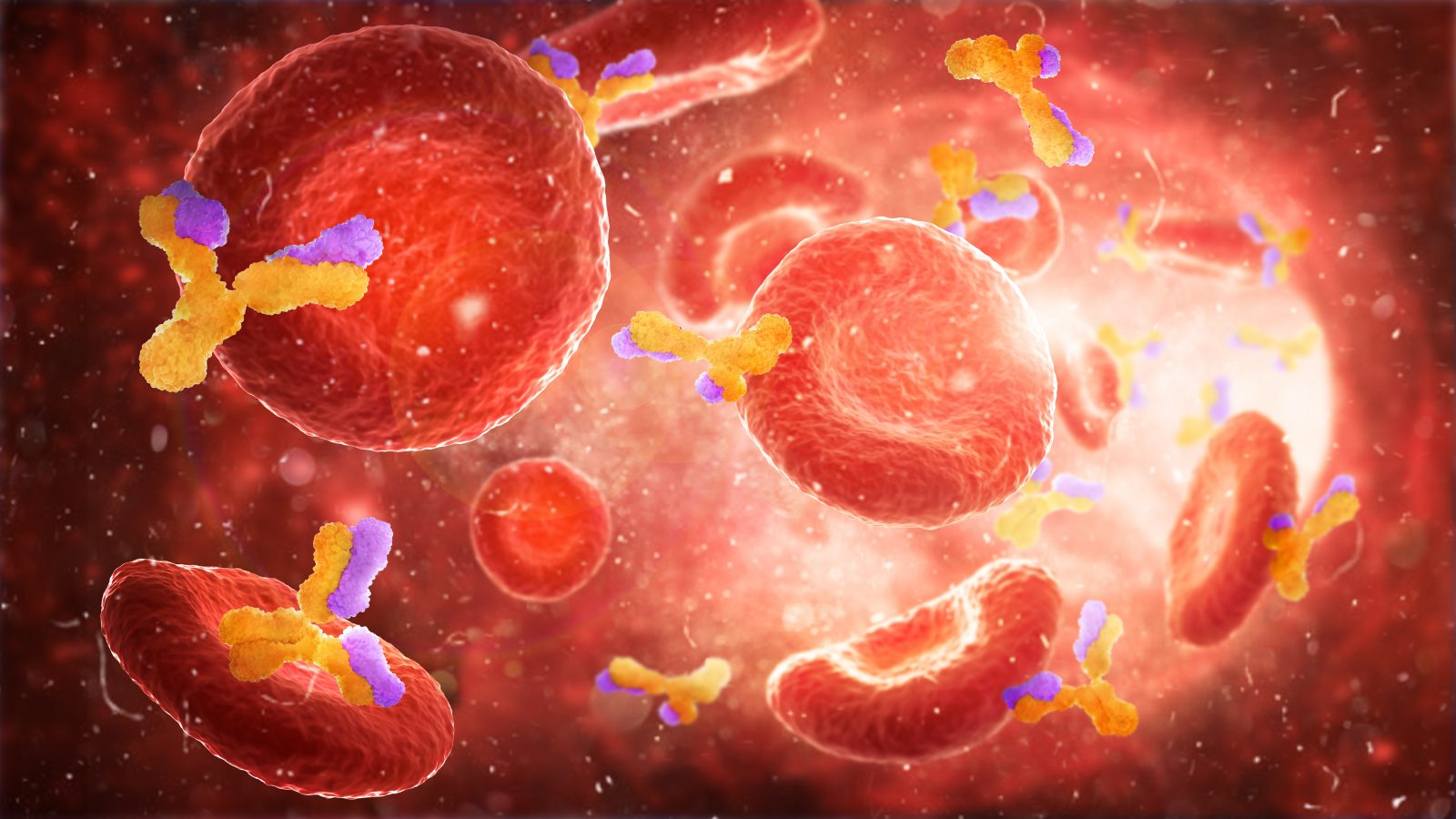
An Origin-of-Life Poser: No Short Cut to Energy-Harnessing
On today’s ID the Future, Stairway to Life co-author Rob Stadler and host Eric Anderson delve deeper into Challenge to Origin of Life: Energy Harnessing, the latest video in the Long Story Short intelligent design video series. Could the first cell have been much simpler than any current cell, making it easier for it to emerge through blind natural forces on the early Earth? Stadler and Anderson surface one big problem with that idea: in experiments to make relatively simple cells even simpler, the cells inevitably become less robust and adaptable. These simpler cells must be coddled to survive. But the first cell on earth would have been anything but coddled. It would have had no source of glucose and been battered by all and sundry. (Plus, even these artificially simple cells are still extraordinarily sophisticated compared to human technology.) What about reports of a fungus near the Chernobyl nuclear accident that can feed off radiation? As Stadler notes, while this is an intriguing discovery, funguses are much more complex than anything being proposed as the first living cell, and the fungus undoubtedly possesses sophisticated energy-harnessing and processing machinery. The bottom line: any viable, self-reproducing cell, including the first one in the history of life, must have an energy-harnessing system already in place to survive, and such systems are necessarily enormously sophisticated. Stadler argues that we know enough about what natural forces can and cannot do to know that natural causes alone could not make this leap from non-life to first life. Another kind of cause was required. Tune in to learn more.






